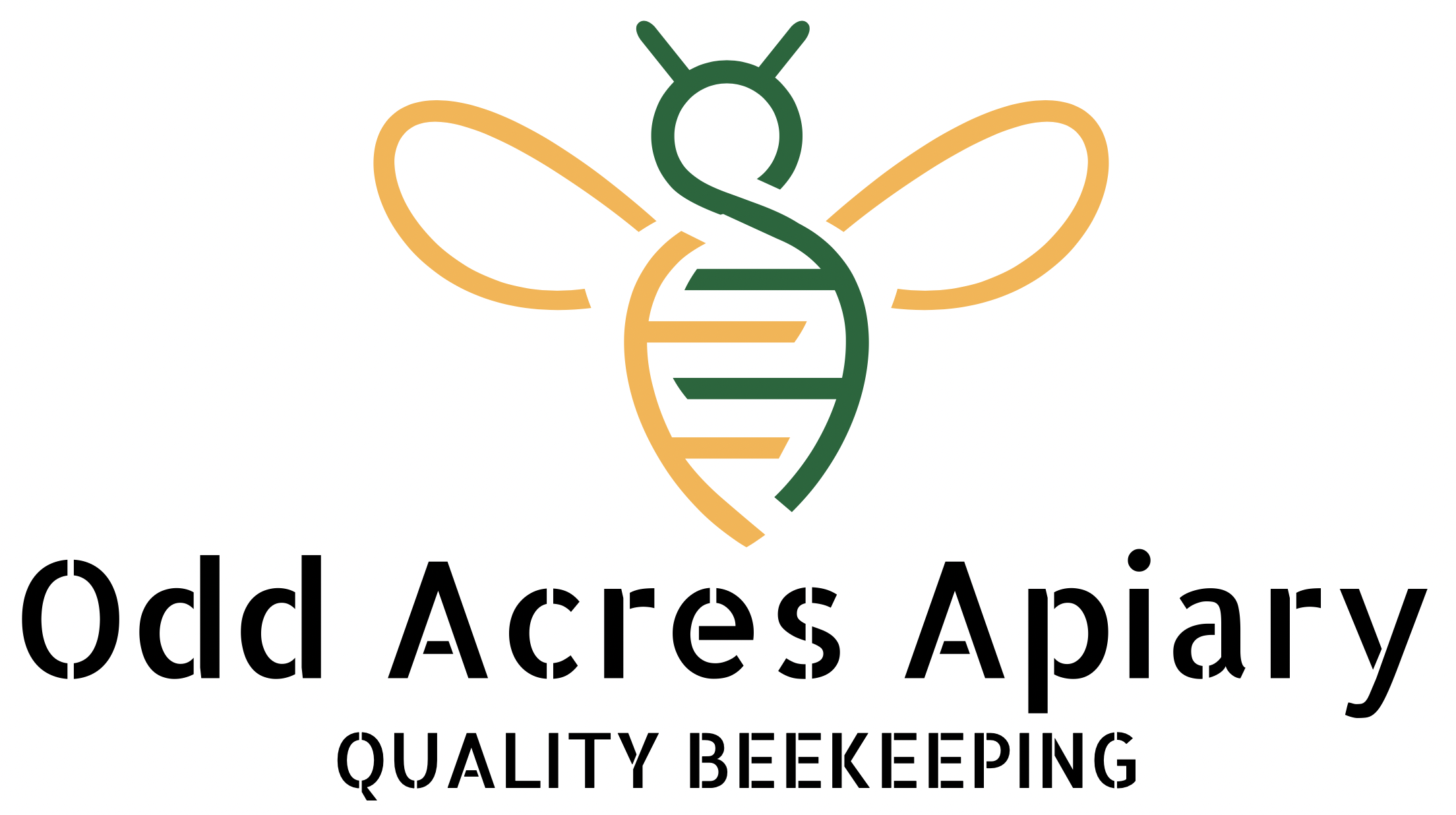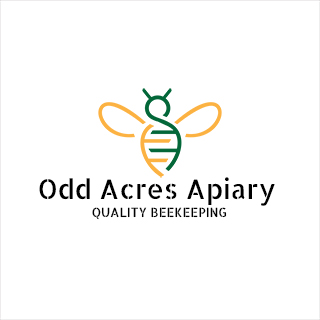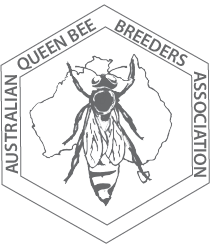
AQBBA March 2024 Newsletter
I write the regular newsletter for the Australian Queen Bee Breeders Association (AQBBA). I have shared the March 2024 issue here. If you are interested in joining the AQBBA, you can reach the web-site here. Membership is $50.00 per year. There is a lot going on in the queen bee breeding industry so it helps to spread information.
INTRODUCTION
We are transitioning to management (T2M) folks. The National Management Group (NMG) gave their “approval” on 9th February 2024, and the detailed summary was just released. Despite the efforts of the Committee, there is little in the T2M Plan for queen breeders and producers. This is because the primary objectives of the T2M Plan are to end the arrangements commenced during the eradication phase under the Emergency Plant Pest Response Deed (EPPRD) and move to a sustainable position where the Australian honeybee and the participating pollination industries can continue to operate profitably. The proportion of the $100 million cost of the EPPRD and T2M Plan response owed by our Industry is $1.1 million. Over the next ten years, this portion will be recovered and repaid by increasing the honey levy from 4.6 cents to 5.6 cents per kilo. The T2M Plan will run for two years, with most activities completed within twelve months, i.e., at the end of 2024. Our concerns will have to be met subsequently as part of further initiatives. The Committee is working hard to do that, specifically by building around our VSH Strategy or a variation.
TRANSITION TO MANAGEMENT
The T2M Plan has four objectives which will be implemented over two years with a budget of up to $100million:
- Completion and Conclusion of the Emergency Response
- Industry Resilience
- Slowing the spread
- Future Readiness
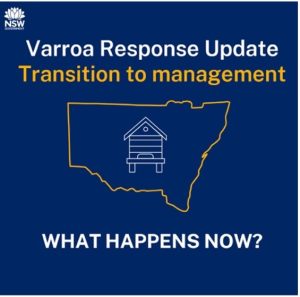
Conclusion of the Emergency Response
This portion of the T2M Plan “winds up” the eradication phase of the emergency response covering:
- the completion of the investigation of complaints,
- closing out the residual prosecutions related to offences under the eradication phase of the response,
- removal of baiting stations and all elements of the wild bee monitoring and eradication work, and
- establishment of the controls for the Management (amber) and Suppression (green) zones.
Industry Resilience
This is the program’s cornerstone, where most of the money will be spent. I’ve heard estimates of about $ 35million. It is the component that will provide the most immediate benefit yet will depend heavily on the quality and knowledge of the people delivering this information.
NSW Department of Primary Industries (NSW DPI) is currently recruiting and contracting staff to deliver a wide range of training – everything from basic Biosecurity Online Training (BOLT) to workshops on how to undertake Integrated Pest Management (IPM) using both synthetic and organic miticides as well as mechanical techniques such as queen caging and drone brood removal. There will be 48 trainers spread across the States and Territories in proportion to the number of registered beekeepers in those jurisdictions.
Expect to see online materials, webinars and one-day workshops. The curriculum’s development and coordination will likely be led by the Tocal Agricultural College near Patterson in the Hunter region, where NSW Technical and Further Education (TAFE) runs its accredited beekeeping courses and NSW DPI’s Bee Research Centre. Without details, it is very hard to see how the program will be rolled out, but expect online content to appear first, followed by practical workshops in the latter half of 2024 to coincide with the next season.
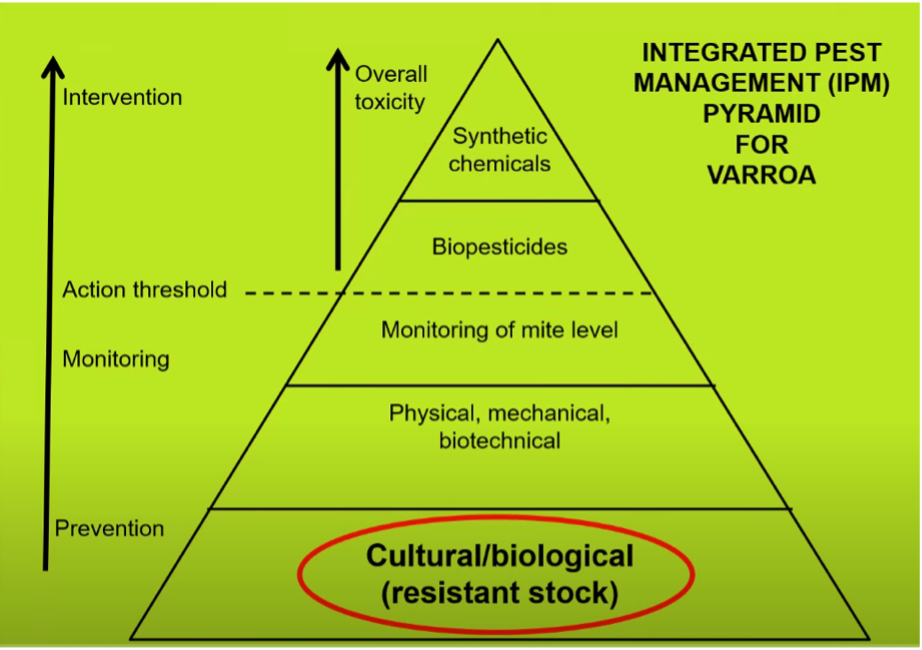
Integrated Pest Management (IPM) is not a simple technique. It is resource-intensive, time-consuming and complicated to apply – particularly when it isn’t working and you have many infested colonies. NSW DPI has announced the recruitment of the, unfortunately, named varroa development officers (VDO) – perhaps varroa “prevention” or “management” officer might have been a better label?
Their role is to supplement existing bee biosecurity staff and to provide a public-facing coordination and advisement role for the T2M Plan. 32 VDOs will be allocated proportionally with the number of registered beekeepers in each jurisdiction.
As you can imagine, experienced beekeepers in Australia with knowledge, credibility and experience in IPM and associated matters would be as rare as the proverbial “hen’s teeth”, so expect that it will take these folks a bit of time to get on board as well as accumulate the experience to do their job effectively. I’m troubled by the two-year limit of the Plan, as it will likely take a couple of years for the less experienced recruits to become genuinely effective and competent at their jobs. Maybe the varroa development officers will continue after the Plan.
Registration for the Varroa Management Training Workshops can be done here.
Not surprisingly, updates to the BOLT, Biosecurity Code of Practice and other documents and associated practices will be a high priority. NSW DPI recently released a Primefact, for example.
Expect a lot of documents and information to supplement the Education program described earlier.
As experienced practitioners and members of an association, either AQBBA or one of the state commercial associations, you are already reasonably familiar with the background and current thinking around varroa. However, many beekeepers are not members of anything, have never done training, and have no interest in hive registration.
Much of this primary online material will be for them.
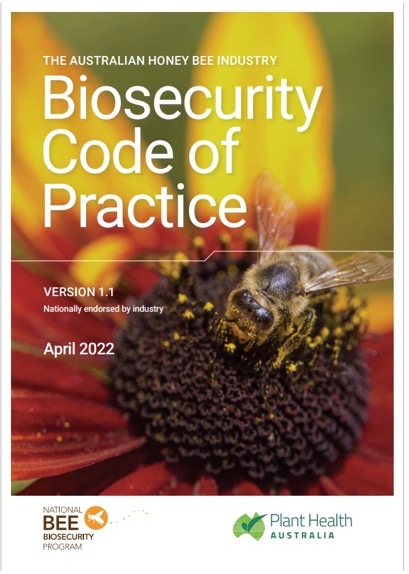
Slowing the Spread of Varroa
As you will know, restrictions on the movement of bees already exist between NSW and other State and Territory borders, while the movement of queens between jurisdictions is sometimes permitted.
The controls regarding the movement of hives between the Management and Suppression zones will remain in place for 12 months, with conditions that, if met, will allow hives to be moved around NSW in a way that minimises the number of mites in those hives. For the time being, the varroa mite will be a notifiable pest.
The last objective of the T2M Plan is likely to be of most interest to queen bee breeders and producers, and the following initiatives are the most beneficial.
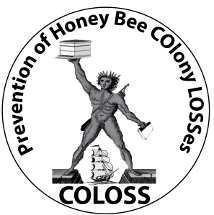
COLOSS (https://coloss.org/) is an organisation in Europe that combines research, surveys and practical engagement with beekeepers to understand colony losses, ergo its name. The COLOSS Survey is an annual voluntary submission by individual beekeepers in about 120 participating countries to gather data and make predictions about the future of honeybee health and monitor colony losses. There is a great deal of free research and practical information, the three-volume BeeBook, for example, that you can access. Membership is primarily for researchers, but the material is available to everyone. COLOSS is an important body of information to inform industry bodies (AHBIC), biosecurity programs and policy organisations like NSW DPI as well as the State apiary associations and commercial beekeepers.
The T2M Plan describes the following initiatives that are of direct interest to queen breeders and producers:
- Undertake a review of the queen bee sector and develop a strategy and plan for future breeding in Australia in light of the arrival of varroa and the potential for the appearance of other pests, such as tropilaelaps.
- Advanced queen bee breeder workshops.
The review is already underway and being led by Agrifutures. While in alignment with the Plan, it is actually funded separately by Agrifutures. The Committee’s understanding is that meetings and workshops led by Agrifutures are expected to commence in the next few weeks.
The content and plans for the delivery of the queen bee breeding workshops are completely unknown at this stage. However, these workshops could be replaced by other initiatives if we find that they are not useful to our Industry. The Committee’s initial thoughts on alternatives include:
- supplementation and extension of the existing UBeeO work to make the product more widely available in Australia,
- “seed” funding to establish our Varroa Sensitive Hygiene (VSH) strategy described in our December 2023 newsletter,
- press for the implementation of our endorsed breeder program with BQUAL but fund it deliberately so that it gets done,
- funding to design and establish a VSH certification program;
- funding to bring an “expert” VSH breeder out to Australia to run workshops on varroa and queen bee breeding; and
- funding of the New Zealand VSH drone semen importation work.
PLAN BEE
Plan Bee will be winding up next month. There is no indication from the NSW DPI of what will happen to the queen stock and genetic records collected by Plan Bee or what will happen to its staff. A “commercialisation plan” was supposed to have been completed by Plan Bee, yet no information on its status or whether it is expected to be completed is available. The Committee has asked AHBIC to keep it in the loop on the future of Plan Bee, and Corinne Jordan is on the management committee for Plan Bee, so if anything is decided formally, we should know quickly.
ENDORSED BREEDER PROGRAM
No progress on the Endorsed Breeder Program. The Committee hasn’t done much work on this because of the involvement with T2M and related activities. We will try to find time for this in the next quarter or seek funding within the T2M Plan, as mentioned above.
Australian Bee Observation Network (ABON)
At the risk of self-promotion (I work part-time in the ANU Bee Lab), the Australian National University (ANU) has re-launched its ABON initiative. Initially launched mid-last year, I say relaunched due to the negotiation around the method and locations for the sampling and collection of bees and the timing of the T2M decisions. It’s been a long time in coming. Sigh.
The program is voluntary and funded entirely by ANU, separate from the T2M Plan and other government initiatives. It seeks to collect genetic information about wild bees and determine what indicators at a genetic level might describe VSH or varroa-resistant traits. This is important because this study is only possible when the bees are initially susceptive to varroa with no resistance. Over time, they build up this resistance and will be genetically different from their predecessors.
With genomics technology, we should be able to identify this difference and use it to assist with the selection of bees with the VSH traits. To get a better understanding of the basis for this research, have a look at this. The technology to do this was unavailable twenty or thirty-odd years ago when varroa first swept the USA and Europe, and this will likely be one of our best (if not last) chances to gather this type of information.
For breeders, this means that rather than having to rely on observation and subjective assessments of colony behaviour (something that consumes a lot of time and can be hit or miss sometimes), it might be possible to use genomics to guide selection and only observe bees with a very high probability of having the traits we want. Go to this link to learn more about or participate in the program.
Australia Post Dangerous Goods Procedures
The Committee was recently contacted by Australia Post, which is in the process of renewing and simplifying its dangerous goods shipping protocols. Expect changes to the shipping of live bees in the coming months. We hope to get an advance copy of the procedures to review before their publication, so hopefully, we can give you more information soon.
Membership
Our Membership year runs from 1st April to 30th March. Membership remains at $50 per year. Please consider supporting AQBBA if you are not already a member. As a member your contribution will be much appreciated. Follow the link for membership payment https://aqbba.org.au/membership If you wish to pay by bank transfer, please fill out the Membership Form attached to this newsletter.
We continue to actively update the Facebook page for AQBBA at https://www.facebook.com/aqbba.
